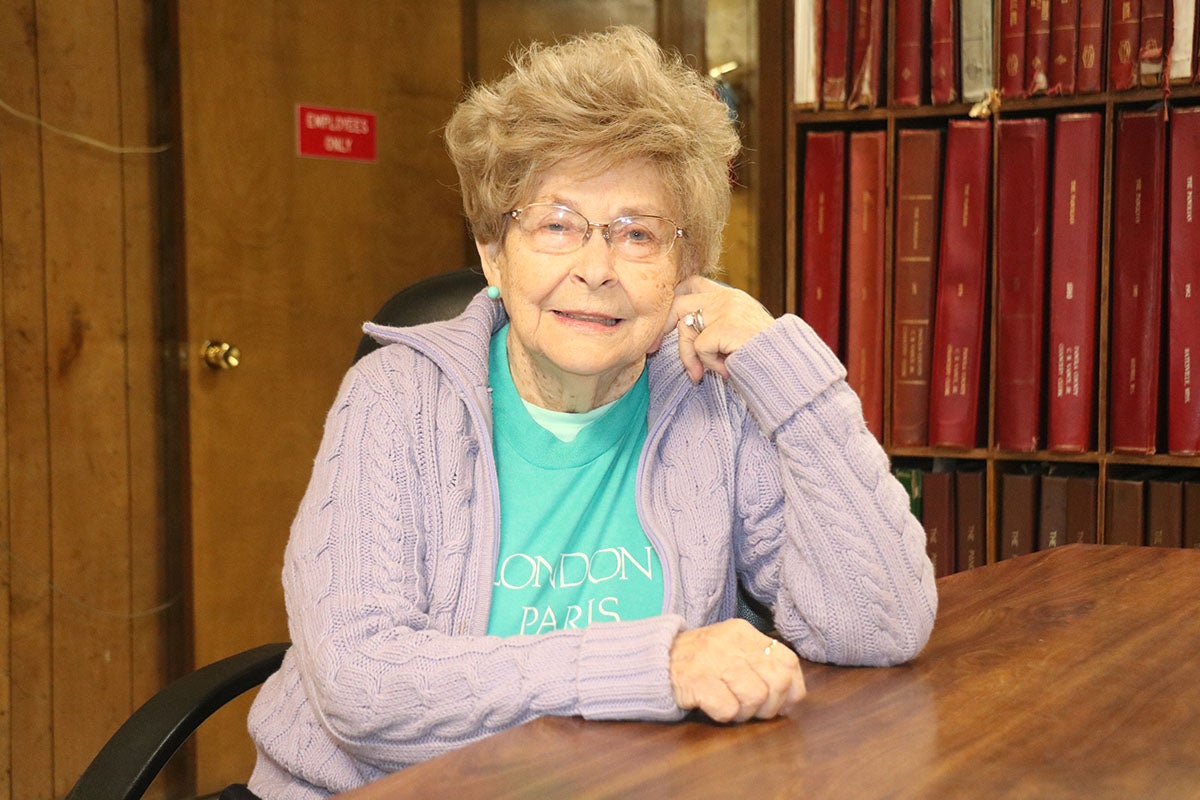John Howell Column
Published 12:00 am Friday, October 17, 2008
“Was my home, 2005,” declares the hand-lettered sign at 2314 Tennessee Street in New Orleans’ Lower Ninth Ward.
Tennessee Street is parallel to the Industrial Canal flood wall two blocks away. This was ground zero for post-Katrina flooding in this city.
The sign is nailed to an oak tree at the front of a small, well-tended lot where Laura McCann’s house once stood, the sign tells us. There’s a cypress tree near the back of the lot. “My marks, tree in back and tree in front,” states the sign.
Otherwise, there’s little left that would have allowed McCann to relocate her property: concrete slabs of a sidewalk and another slab that might have been the floor of a small garage.
New Orleans’ Lower Ninth Ward today is a vast, open area, divided by its streets, punctuated by occasional live oaks and, even more occasionally, homes. We encountered new, showcase homes built along Tennessee Street by Brad Pitt’s Make It Right Foundation. Most are built on tall, cylindrical concrete pilings, maybe above the level of the next flood. A very few original structures have been restored and a few more still sit askew where the receding waters left them three years ago.
When we first toured the Lower Ninth on Christmas Day, 2005, most streets had been cleared of debris, but homes shaken, shattered and smashed by the rushing flood waters of that previous August left a panorama of blended chaos — relocated roofs, broken siding, trees and autos.
Today’s panorama is vast and empty. Block after block in the foreground are overgrowing, filling with weeds and shrubby undergrowth now covered with tiny blooms of crimson and bright yellow. On the mid-horizon is the industrial canal’s gray concrete flood wall, newly replaced, it’s appearance formidable when the canal’s water is low and unstirred. Towering above the flood wall are the superstructures for the several drawbridges that traverse the manmade waterway connecting the Mississippi River, Lake Pontchartrain and Mississippi River Gulf Outlet through a series of locks.
Laura McCann’s lot is not the only exception to the overgrowth. Other lots have been mowed and tended, perhaps in anticipation of the owners’ plans to return and rebuild.
The history of the Ninth Ward is interwoven with flooding from hurricanes, once in 1915 and again with Betsy in 1965, being the two most notable prior to Katrina.
Yet the intention of its residents to return is still palpable even though for many the means is not. Tucked in the city’s low underbelly not far from the French Quarter, many who could not afford lot and home purchases on the city’s limited higher ground were able to afford home ownership here. Mostly black and mostly poor, the Lower Ninth Ward was always consisted of modest homes, occasionally ramshackle.
But it grew into a neighborhood rich in culture which mainlined into the city’s musical and social fabric, its contributions incalculable.
The only connection I can make to this in our world of Panola — and perhaps a poor comparison — is the relocation of people to build Sardis and Enid Dams. They lived in the Tallahatchie and Yocona River bottoms, mostly farming the rich land. They were told that selling their homes and farms to make room for reservoir construction was a sacrifice for a greater good that would bring under control the river flooding that so devastated the Mississippi Delta in the 1920s and ‘30s.
So they moved. Some, certainly, more willingly than others, but eventually the dams got built and have proved reasonably successful in controlling the waters of the Yazoo Basin.
Yet for most of my life I have heard stories told by those former residents of lands the government bought up to build the dams. Though most of them took the money they received, bought land elsewhere and prospered, their stories about life before the dams are told with wistful nostalgia.
At the trunk of the oak tree at 2314 Tennessee Street grow a circle of cannas. Bright, blue ribbons have been tied neatly to some. In the middle of the lot has been placed a life-size silhouette of an adult in matching blue taking the hand of a child. On almost every vacant lot, whether well-tended or overgrown, there remains a concrete porch and/or concrete steps that once led to a house that stood there. They stand as gray sentinels, not unlike tombstones in a cemetery. Under the matching gray sky on the day of our visit, the effect is haunting.
“Was my home.”




